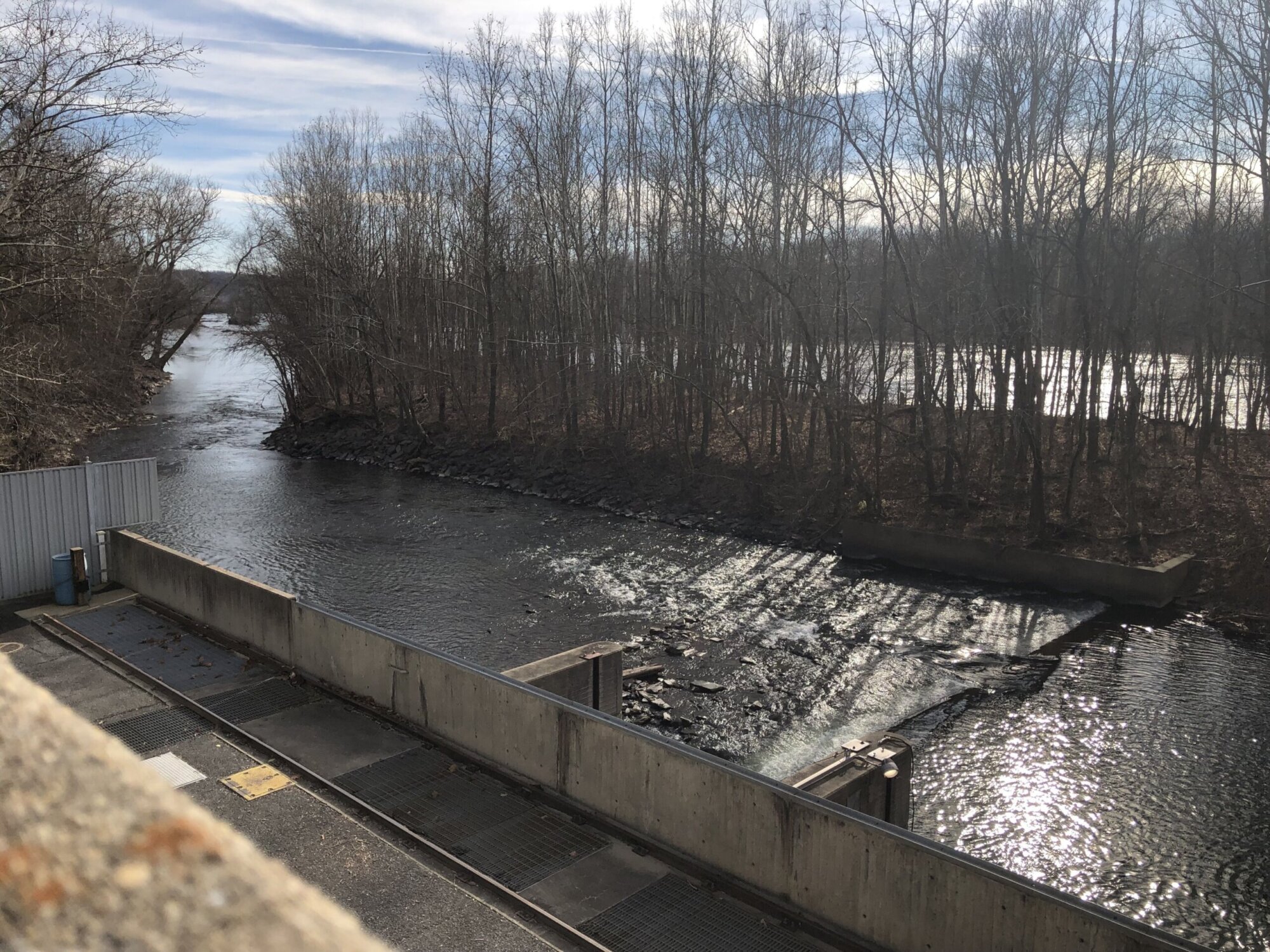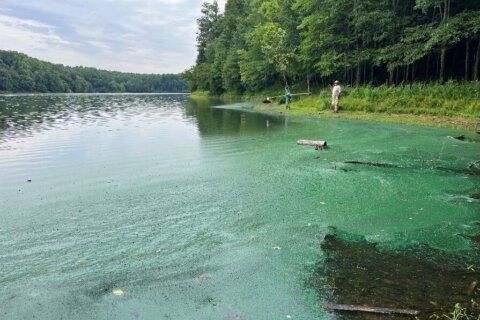Salt can be bad in so many ways. To help prevent damage, Montgomery County, Maryland, is putting its snow plow fleet on a low-sodium diet, and county leaders hope everyone pitches in, too.
When the first significant snowfall of the season happens, trucks with newly installed rubber blades won’t wait until there’s 3 inches of snow to get into neighborhoods, as they did in the past.
“With the rubber blades, it allows us to plow around an inch-and-a-half. That means we’re using less salt to treat the conditions of the pavement,” said Richard Dorsey, chief of the Division of Highway Services in the Department of Transportation.
“We need to make sure everyone’s safe. And, we also need to be mindful of the environment,” Dorsey said.
A salt cleanup process encourages residents to call 311 to report accidentally spilled piles; quality control during and after snow events will ensure truck operators are putting down proper amounts of salt.
You might not realize how little salt is actually needed to keep sidewalks and driveways ice-free.
Launching the “Salt Wise” campaign on Tuesday, leaders from multiple groups emphasized a simple three-step method for keeping sidewalks and driveways safe, while also limiting the use of salt.
- Shovel ice and snow early and often.
- Use one 12-ounce cup of salt for 10 sidewalk squares or for a 20-foot driveway.
- After storm events, sweep up excess salt for reuse.
“Putting down a little bit of extra salt doesn’t seem like a big deal. But imagine that decision multiplied thousands of times over year after year. A little bit extra adds up to a great deal of pollution downstream from us,” Acting County Department of Environmental Protection Director Adriana Hochberg said.

Over the past 31 years salt/chloride levels in the Potomac River have increased 231% and 300% in the Patuxent River. Salt in rivers can’t be removed during the Washington Suburban Sanitary Commission Water filtration process.
“Let me just stress one thing, our water is safe,” said Carla A. Reid, general manager and CEO at WSSC. “And while it’s not a health issue for most customers, increased salt levels in water can be a health concern for those who have sodium-restrictive diets.”
Reid also said corrosive salt content is slowly wearing away at water mains, which can lead to breaks.
Also at the event, Karl Van Neste, vice-president of the Muddy Branch Alliance, said salt is a problem because it’s cheap and somewhat effective in breaking up ice on roads. But it can be bad because it kills stream life and vegetation.
“It corrodes our roads, our bridges and our pipes. You can think: Flint, Michigan. And we drink the water that goes down the Muddy Branch Stream to the Potomac. It gets cleaned here, but the salt stays in the water. And so we end up drinking salty water in the wintertime,” Van Neste said.
Van Neste is urging everyone — from citizens to the county, businesses and the state — to clean up salt that’s applied in the environment.
“Two days after we put down salt, we need to pick it back up,” Van Neste said.








